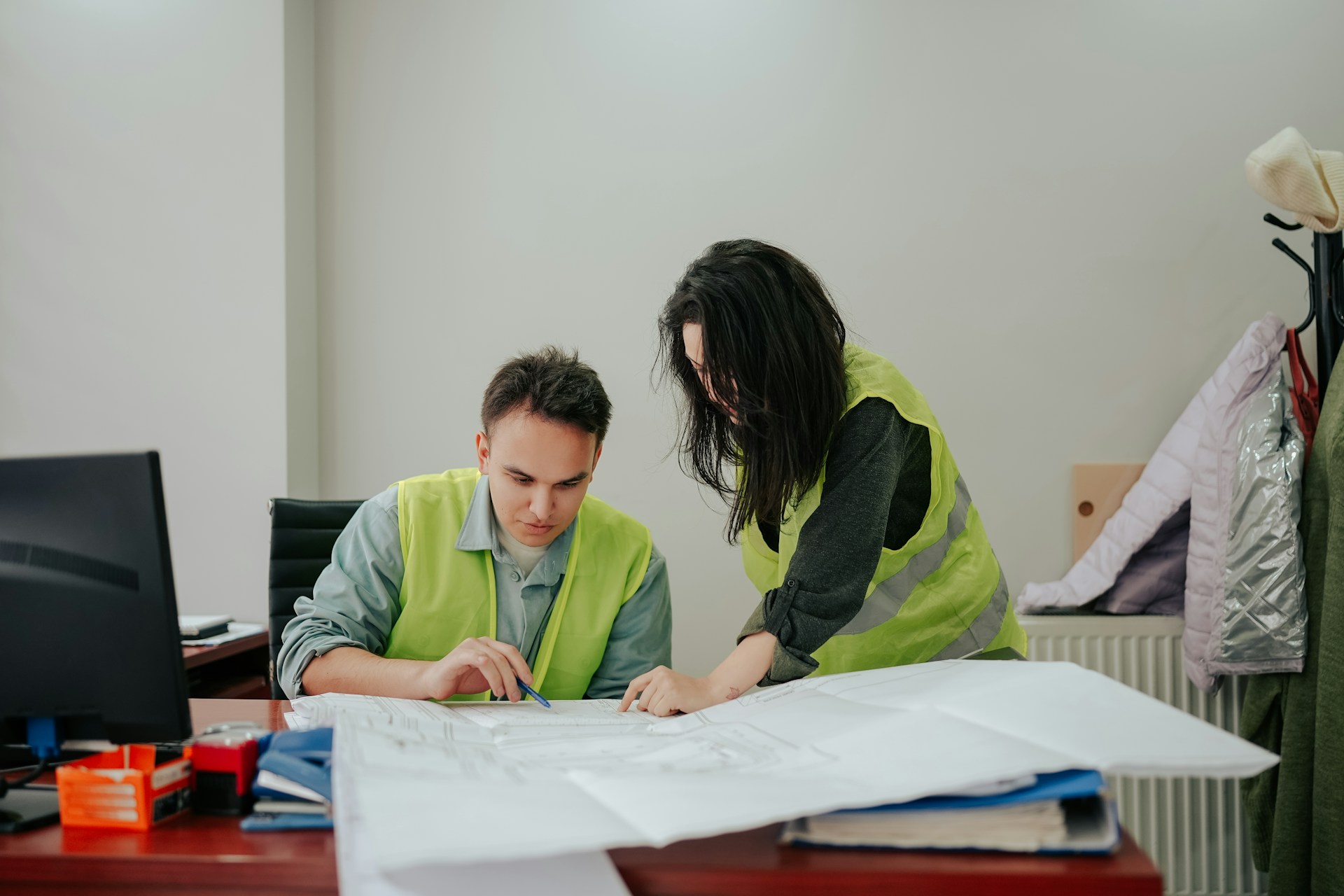All About Roar Solutions
All About Roar Solutions
Blog Article
Getting My Roar Solutions To Work
Table of ContentsGetting The Roar Solutions To WorkThings about Roar SolutionsRoar Solutions Things To Know Before You Get This
In order to secure installations from a potential surge a technique of evaluating and classifying a potentially unsafe area is required. The function of this is to guarantee the proper choice and setup of equipment to ultimately avoid a surge and to guarantee security of life.
(https://sketchfab.com/roarsolutions)
No equipment ought to be installed where the surface temperature level of the devices is above the ignition temperature level of the provided danger. Below are some usual dirt dangerous and their minimum ignition temperature. Coal Dust 380C 225C Polythene 420C (melts) Methyl Cellulose 420C 320C Starch 460C 435C Flour 490C 340C Sugar 490C 460C Grain Dust 510C 300C Phenolic Resin 530C > 450C Aluminium 590C > 450C PVC 700C > 450C Soot 810C 570C The probability of the danger being existing in a focus high sufficient to trigger an ignition will certainly differ from place to place.
In order to categorize this risk a setup is split into areas of danger depending upon the amount of time the dangerous exists. These areas are referred to as Areas. For gases and vapours and dirts and fibres there are three areas. Area 0 Zone 20 A dangerous environment is highly most likely to be existing and may be present for extended periods of time (> 1000 hours per year) and even continually Zone 1 Zone 21 A hazardous ambience is feasible but not likely to be present for long durations of time (> 10 450 C [842 F] A classification of T6 means the minimal ignition temperature level is > 85 C [185 F] Harmful area electric devices maybe created for use in greater ambient temperatures. This would certainly suggested on the rating plate e.g. EExe II C T3 Ta + 60C( This indicates at 60C ambient T3 will not be gone beyond) T1 T1, T2, T3, T4, T5, T6 T2 T2, T3, T4, T5, T6 T3 T3, T4, T5, T6 T4 T4, T5, T6 T5 T5, T6 T6 T6 A T Class ranking of T1 implies the optimum surface temperature level generated by the tool at 40 C is 450 C. Presuming the linked T Class and Temperature level rating for the equipment are ideal for the area, you can always utilize an instrument with a much more stringent Department ranking than required for the location. There isn't a clear solution to this question. It truly does rely on the kind of devices and what repairs require to be lugged out. Equipment with certain examination procedures that can not be executed in the area in order to achieve/maintain 3rd party ranking. Must come back to the manufacturing facility if it is before the equipment's service. Area Repair By Authorised Worker: Difficult screening may not be needed nevertheless details procedures may need to be complied with in order for the tools to maintain its 3rd party score. Authorised employees need to be used to do the work correctly Repair service have to be a like for like replacement. New part must be thought about as a direct replacement needing no special testing of the devices after the repair service is full. Each item of tools with an unsafe ranking should be evaluated independently. These are described at a high level below, but also for even more thorough details, please refer straight to the standards.
Roar Solutions Things To Know Before You Buy
The equipment register is a comprehensive database of tools records that includes a minimum set of fields to identify each item's area, technical parameters, Ex category, age, and ecological data. The proportion of In-depth to Close inspections will certainly be figured out by the Equipment Threat, which is examined based on ignition risk (the chance of a resource of ignition versus the probability of a combustible environment )and the hazardous location classification
( Zone 0Area 1, or 2). Executing a durable Risk-Based Evaluation( RBI )strategy is vital for making sure compliance and security in managing Electric Tools in Hazardous Areas( EEHA).
Not known Factual Statements About Roar Solutions

In terms of explosive risk, a dangerous location is an atmosphere in which an eruptive ambience is present (or may be anticipated to be present) in amounts that require unique safety measures for the construction, installment and use of tools. eeha. In this short article we explore the obstacles dealt with in the workplace, the risk control measures, and the needed competencies to work securely
These substances can, in certain conditions, develop eruptive ambiences and these can have significant and tragic repercussions. Most of us are familiar with the fire triangle eliminate any type of one of the 3 components and the fire can not take place, yet what does this mean in the context of hazardous areas?
In many instances, we can do little regarding the levels of oxygen in the air, however we can have considerable influence on sources of ignition, for example electrical equipment. Hazardous areas are recorded on the dangerous area classification drawing and are identified on-site by the triangular "EX" sign. Here, among various other vital details, areas are divided into three types depending on the hazard, the likelihood and period that an explosive atmosphere will exist; Area 0 or 20 is regarded the most hazardous and Area 2 or 22 is regarded the least.
Report this page